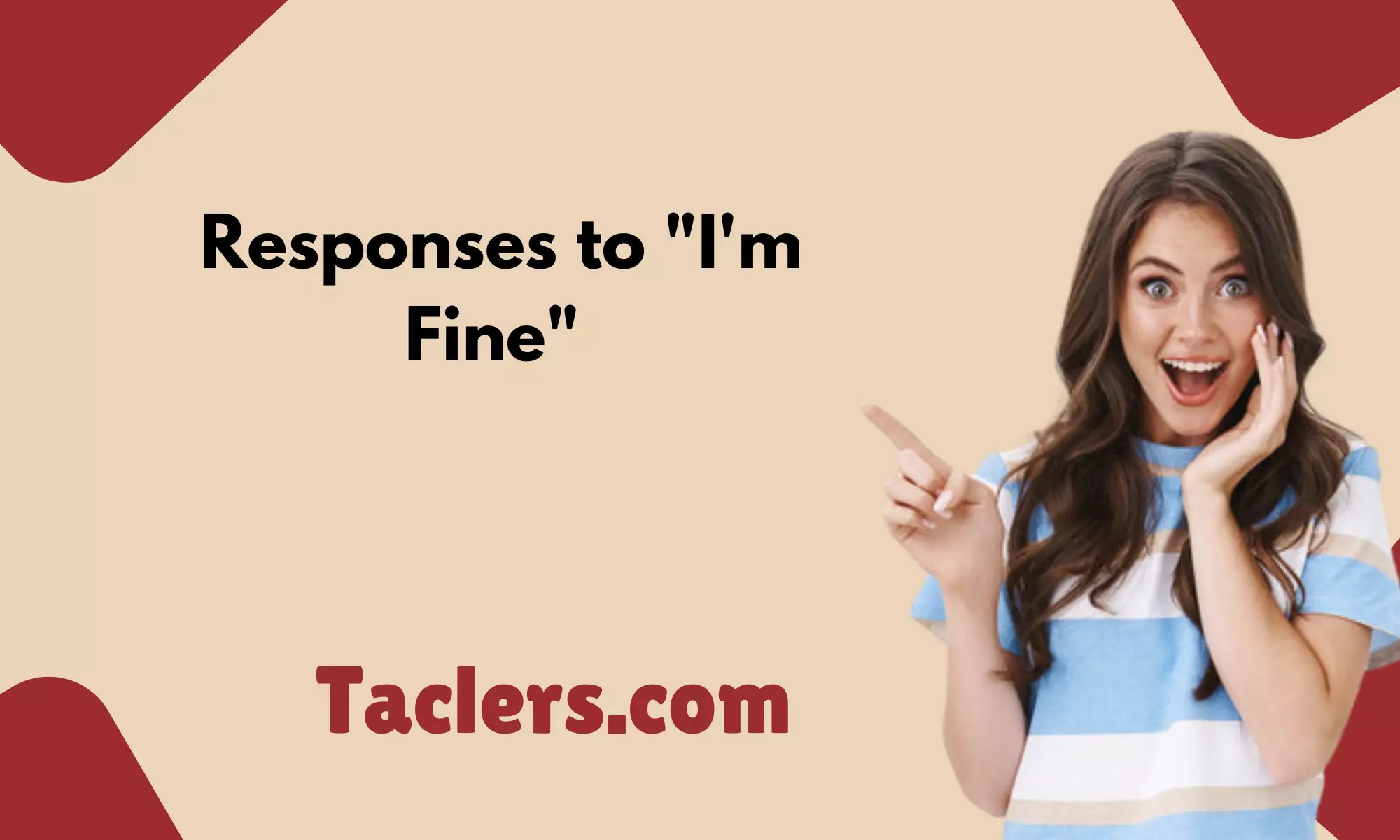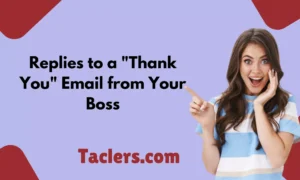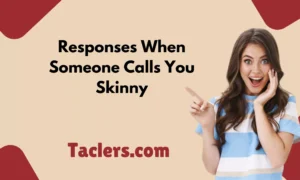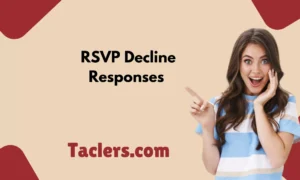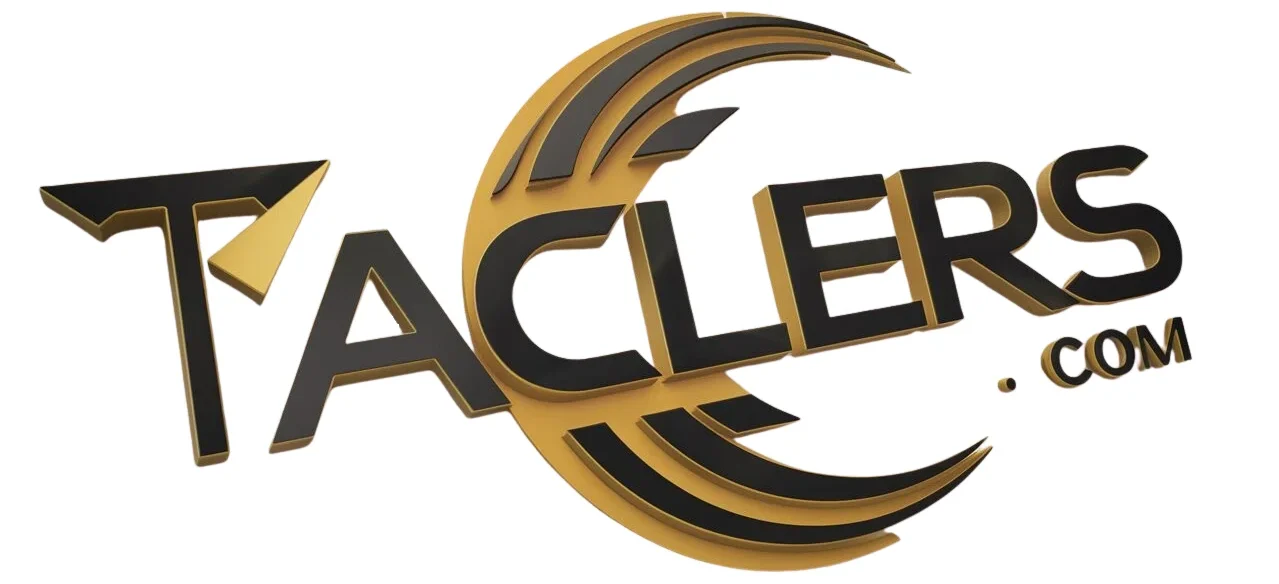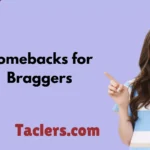When someone says “I’m fine,” it can sometimes be challenging to know how to respond, especially if you sense that they might not be entirely okay. Your response can offer support, encouragement, or simply acknowledgment, depending on the context.
Here are 30 thoughtful and varied replies to “I’m fine” that can help you navigate different situations and foster effective communication.
1. “I’m Glad to Hear That. Let Me Know If You Need Anything.”
Explanation:
This response expresses relief while offering support in case they need it.
Example:
Person A: I’m fine.
Person B: I’m glad to hear that. Let me know if you need anything.
By saying “Let me know if you need anything,” you show willingness to help.
2. “That’s Good to Know. If You Change Your Mind, I’m Here.”
Explanation:
A supportive reply that reassures them of your availability.
Example:
Person A: I’m fine.
Person B: That’s good to know. If you change your mind, I’m here.
By saying “If you change your mind,” you convey readiness to listen.
3. “Alright. Just Remember, I’m Always Here If You Need to Talk.”
Explanation:
A gentle reminder that they have support available if needed.
Example:
Person A: I’m fine.
Person B: Alright. Just remember, I’m always here if you need to talk.
By saying “I’m always here,” you reinforce your support.
4. “Glad to Hear You’re Okay. Feel Free to Reach Out Anytime.”
Explanation:
This response conveys satisfaction with their status and openness to further communication.
Example:
Person A: I’m fine.
Person B: Glad to hear you’re okay. Feel free to reach out anytime.
By saying “Reach out anytime,” you offer continuous support.
5. “Good to Hear. If There’s Anything You Need, Just Ask.”
Explanation:
A practical offer of help, showing that you’re ready to assist.
Example:
Person A: I’m fine.
Person B: Good to hear. If there’s anything you need, just ask.
By saying “Just ask,” you make it easy for them to request help.
6. “I’m Relieved to Hear That. Do You Want to Talk About It More?”
Explanation:
An offer to discuss further, indicating that you’re open to a deeper conversation.
Example:
Person A: I’m fine.
Person B: I’m relieved to hear that. Do you want to talk about it more?
By saying “Talk about it more,” you show readiness to listen.
7. “It’s Good That You’re Fine. I’m Here If You Need Me.”
Explanation:
A reassurance of your availability, maintaining a supportive stance.
Example:
Person A: I’m fine.
Person B: It’s good that you’re fine. I’m here if you need me.
By saying “I’m here if you need me,” you keep the door open for further support.
8. “That’s Great to Hear. Let’s Catch Up Soon If You’re Up For It.”
Explanation:
An invitation to reconnect, which can be both supportive and friendly.
Example:
Person A: I’m fine.
Person B: That’s great to hear. Let’s catch up soon if you’re up for it.
By saying “Catch up soon,” you offer a chance for a deeper connection.
9. “I’m Happy to Hear That. Let Me Know If There’s Anything I Can Do.”
Explanation:
A positive response combined with an open offer of assistance.
Example:
Person A: I’m fine.
Person B: I’m happy to hear that. Let me know if there’s anything I can do.
By saying “Anything I can do,” you indicate a readiness to help.
10. “Glad You’re Fine. If You Ever Need a Listening Ear, I’m Here.”
Explanation:
A reminder of your availability to listen if they need it.
Example:
Person A: I’m fine.
Person B: Glad you’re fine. If you ever need a listening ear, I’m here.
By saying “Listening ear,” you offer emotional support.
11. “It’s Good That You’re Doing Well. Just Let Me Know If You Need Anything.”
Explanation:
A supportive reply that reassures them of your help if needed.
Example:
Person A: I’m fine.
Person B: It’s good that you’re doing well. Just let me know if you need anything.
By saying “Let me know if you need anything,” you keep the support open.
12. “I’m Glad You’re Okay. Don’t Hesitate to Reach Out If You Need Support.”
Explanation:
Encourages them to seek help if necessary, ensuring they feel supported.
Example:
Person A: I’m fine.
Person B: I’m glad you’re okay. Don’t hesitate to reach out if you need support.
By saying “Don’t hesitate,” you emphasize your willingness to help.
13. “It’s Good to Hear You’re Fine. If You Want to Talk, I’m Here.”
Explanation:
An invitation to converse, indicating that you’re available for a discussion.
Example:
Person A: I’m fine.
Person B: It’s good to hear you’re fine. If you want to talk, I’m here.
By saying “If you want to talk,” you offer a chance for dialogue.
14. “That’s Good to Hear. If You Need a Break or Some Company, Let Me Know.”
Explanation:
Offers both a break and company, showing concern for their overall well-being.
Example:
Person A: I’m fine.
Person B: That’s good to hear. If you need a break or some company, let me know.
By saying “Need a break or some company,” you provide options for support.
15. “I’m Happy to Hear That You’re Fine. Is There Anything Specific You Need Help With?”
Explanation:
A practical offer of assistance, asking if there’s anything specific they need.
Example:
Person A: I’m fine.
Person B: I’m happy to hear that you’re fine. Is there anything specific you need help with?
By saying “Specific help,” you focus on addressing any particular needs.
16. “Good to Hear You’re Fine. Remember, I’m Always Available to Chat.”
Explanation:
Reassures them of your availability for conversation at any time.
Example:
Person A: I’m fine.
Person B: Good to hear you’re fine. Remember, I’m always available to chat.
By saying “Always available,” you emphasize your readiness to listen.
17. “I’m Glad You’re Doing Well. If There’s Anything on Your Mind, I’m Here.”
Explanation:
Offers a chance for them to share more if they wish, ensuring you’re available.
Example:
Person A: I’m fine.
Person B: I’m glad you’re doing well. If there’s anything on your mind, I’m here.
By saying “Anything on your mind,” you encourage open communication.
18. “That’s Great to Hear. If You Need a Change of Pace, Just Let Me Know.”
Explanation:
Provides an option for a change, indicating flexibility and support.
Example:
Person A: I’m fine.
Person B: That’s great to hear. If you need a change of pace, just let me know.
By saying “Change of pace,” you offer a new perspective or activity.
19. “I’m Relieved to Hear That. If You Want to Vent or Chat, I’m Here.”
Explanation:
Offers an opportunity to express feelings or chat, showing your support.
Example:
Person A: I’m fine.
Person B: I’m relieved to hear that. If you want to vent or chat, I’m here.
By saying “Vent or chat,” you provide an avenue for emotional expression.
20. “Good to Know You’re Fine. If You Need Assistance with Anything, Don’t Hesitate to Ask.”
Explanation:
A formal offer of assistance, encouraging them to ask for help if needed.
Example:
Person A: I’m fine.
Person B: Good to know you’re fine. If you need assistance with anything, don’t hesitate to ask.
By saying “Don’t hesitate to ask,” you emphasize your readiness to help.
21. “I’m Glad You’re Okay. If You Need Any Support, I’m Here for You.”
Explanation:
Reassures them of your support, ensuring they feel cared for.
Example:
Person A: I’m fine.
Person B: I’m glad you’re okay. If you need any support, I’m here for you.
By saying “I’m here for you,” you convey personal support.
22. “It’s Good to Hear You’re Fine. If You Need a Distraction, I’m Available.”
Explanation:
Offers a distraction or change of scene, showing you’re ready to provide relief.
Example:
Person A: I’m fine.
Person B: It’s good to hear you’re fine. If you need a distraction, I’m available.
By saying “Need a distraction,” you suggest a way to shift focus.
23. “I’m Happy to Hear That. If There’s Anything You’d Like to Share, I’m Here to Listen.”
Explanation:
Invites them to share more if they wish, showing your willingness to listen.
Example:
Person A: I’m fine.
Person B: I’m happy to hear that. If there’s anything you’d like to share, I’m here to listen.
By saying “I’m here to listen,” you offer a supportive ear.
24. “That’s Good to Hear. If You Need Some Help or Guidance, Don’t Hesitate to Reach Out.”
Explanation:
Offers help or guidance, showing your readiness to assist.
Example:
Person A: I’m fine.
Person B: That’s good to hear. If you need some help or guidance, don’t hesitate to reach out.
By saying “Help or guidance,” you offer practical support.
25. “I’m Glad You’re Doing Well. Let Me Know If You Need Anything at All.”
Explanation:
A general offer of assistance, reinforcing your availability.
Example:
Person A: I’m fine.
Person B: I’m glad you’re doing well. Let me know if you need anything at all.
By saying “Anything at all,” you emphasize your willingness to help.
26. “It’s Great to Hear That You’re Fine. If There’s Something You Need, I’m Just a Call Away.”
Explanation:
A practical offer of help, making it clear that you’re easily reachable.
Example:
Person A: I’m fine.
Person B: It’s great to hear that you’re fine. If there’s something you need, I’m just a call away.
By saying “Just a call away,” you make your availability clear.
27. “I’m Happy to Hear You’re Okay. If You Need Someone to Talk To, I’m Here.”
Explanation:
A reminder that you’re available for conversation if needed.
Example:
Person A: I’m fine.
Person B: I’m happy to hear you’re okay. If you need someone to talk to, I’m here.
By saying “Someone to talk to,” you offer emotional support.
28. “Good to Know You’re Fine. If You Ever Need Assistance or a Listening Ear, Just Ask.”
Explanation:
A comprehensive offer of help, including practical assistance and emotional support.
Example:
Person A: I’m fine.
Person B: Good to know you’re fine. If you ever need assistance or a listening ear, just ask.
By saying “Assistance or a listening ear,” you provide multiple forms of support.
29. “I’m Relieved You’re Doing Well. If You Want to Catch Up or Need Anything, Let Me Know.”
Explanation:
Combines an offer to reconnect with a practical offer of assistance.
Example:
Person A: I’m fine.
Person B: I’m relieved you’re doing well. If you want to catch up or need anything, let me know.
By saying “Catch up or need anything,” you offer both emotional and practical support.
30. “Glad to Hear You’re Okay. If There’s Anything You Need or Want to Talk About, I’m Here.”
Explanation:
A supportive response that offers both practical help and emotional support.
Example:
Person A: I’m fine.
Person B: Glad to hear you’re okay. If there’s anything you need or want to talk about, I’m here.
By saying “Need or want to talk about,” you make it clear you’re available for various forms of support.

Nicholas Clark is a dynamic writer with a knack for capturing the essence of human reactions. With a background in psychology, he delves deep into the science behind every smile, frown, and gasp. His insightful articles on Taclers.com will leave you pondering the fascinating world of human emotions.
